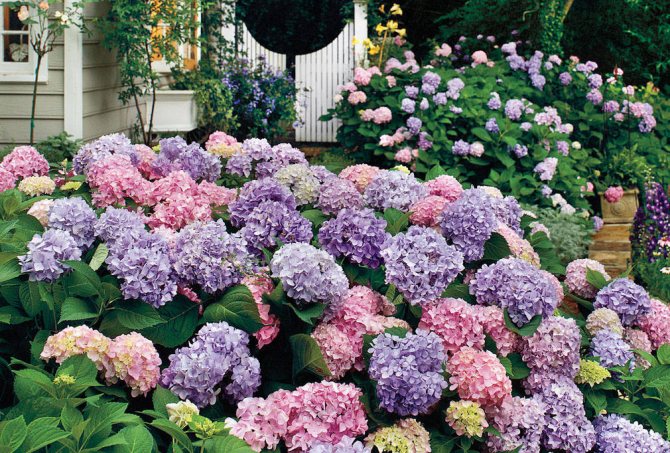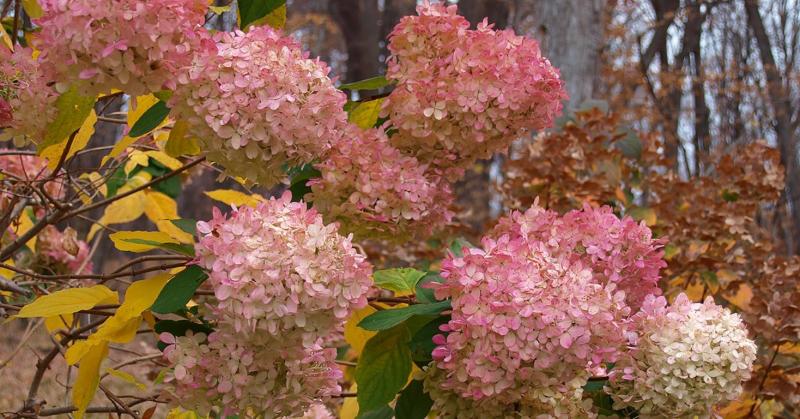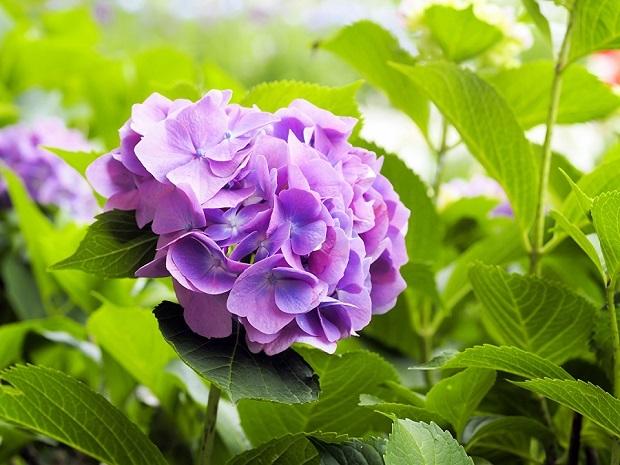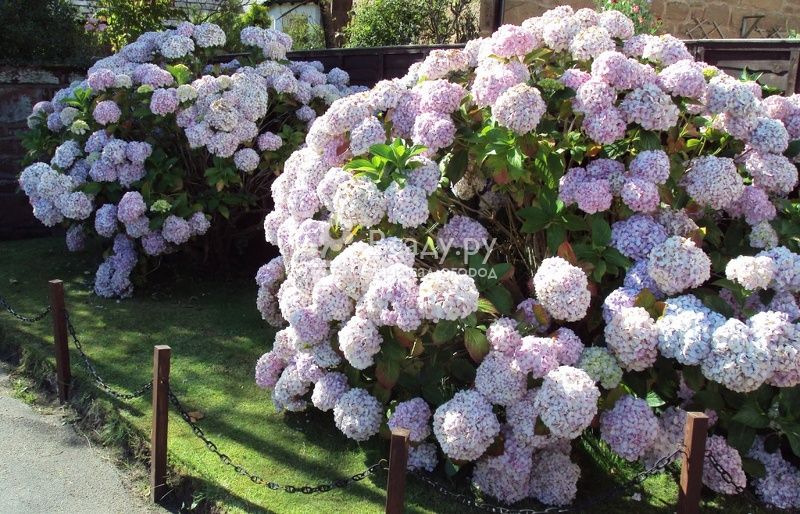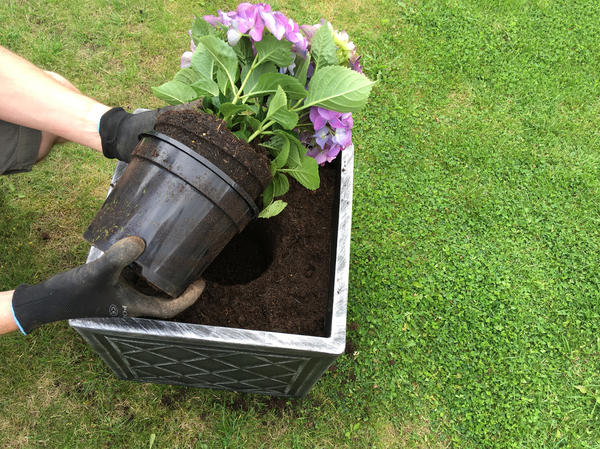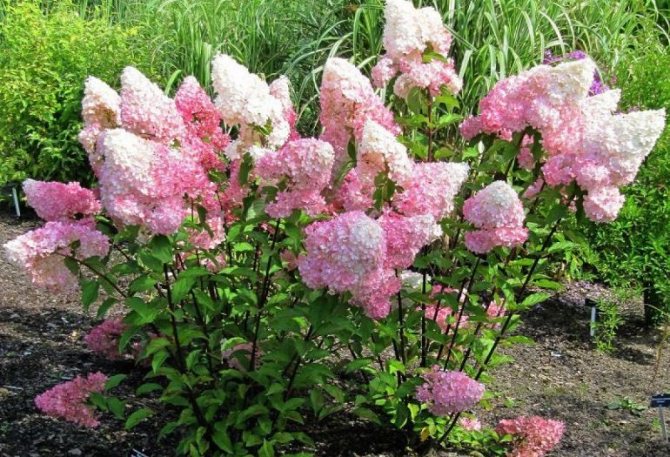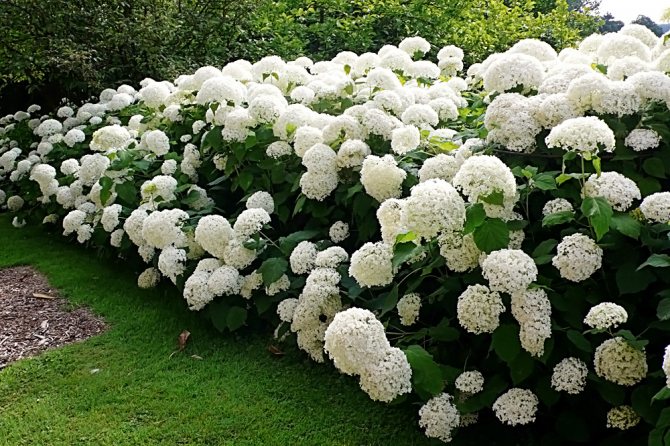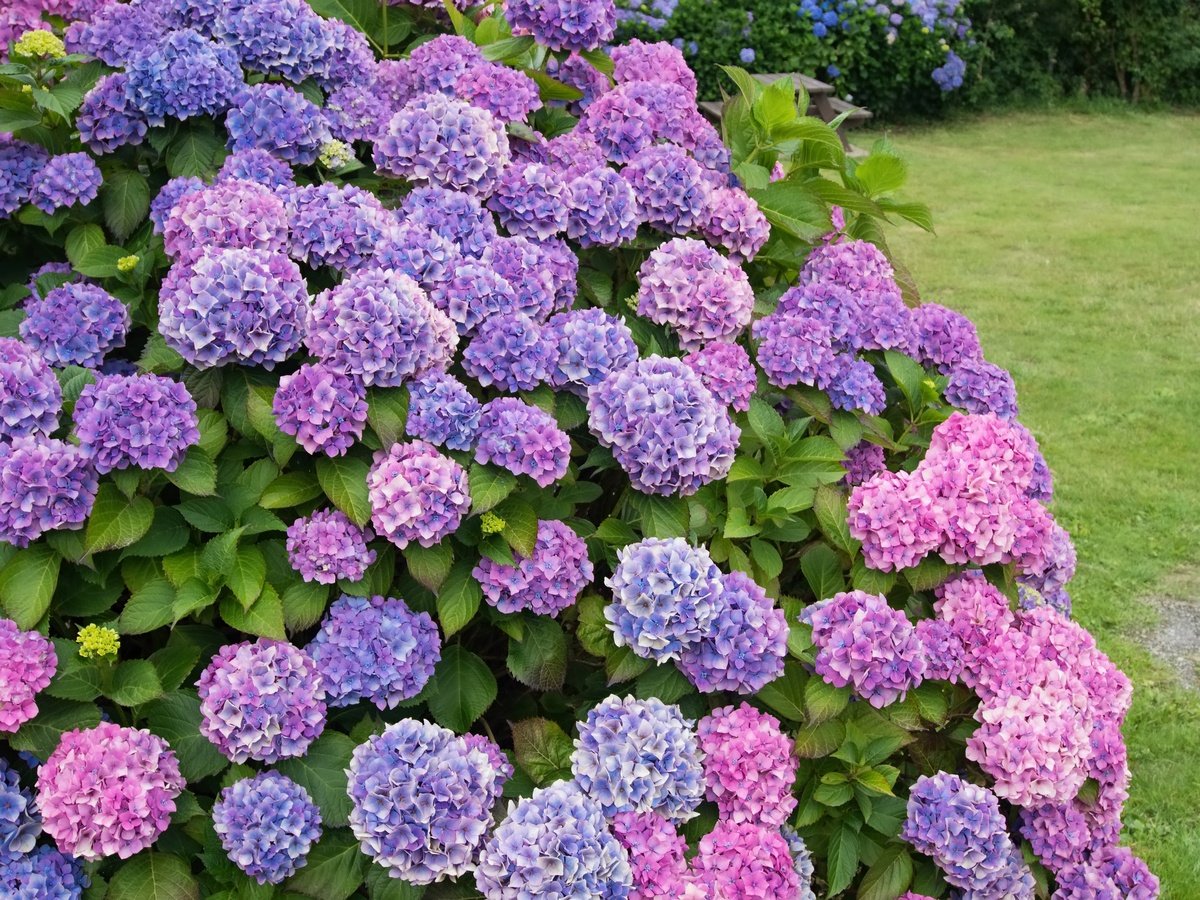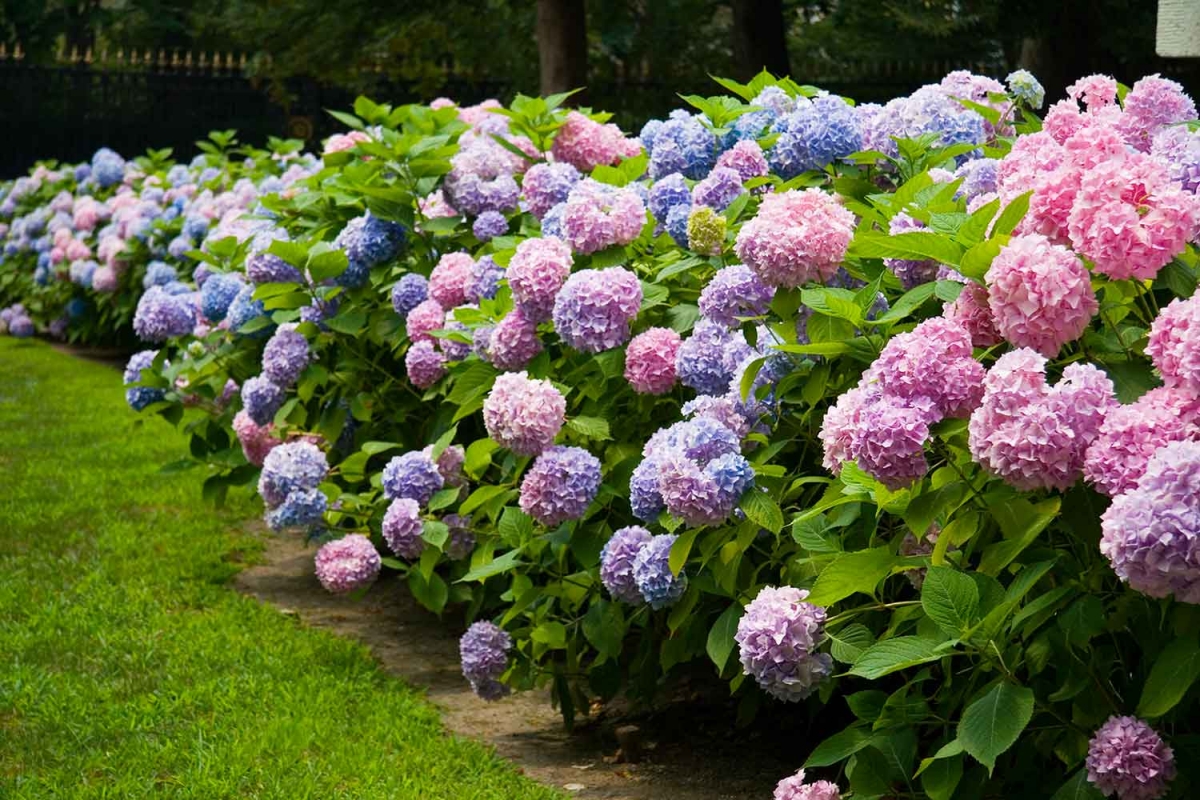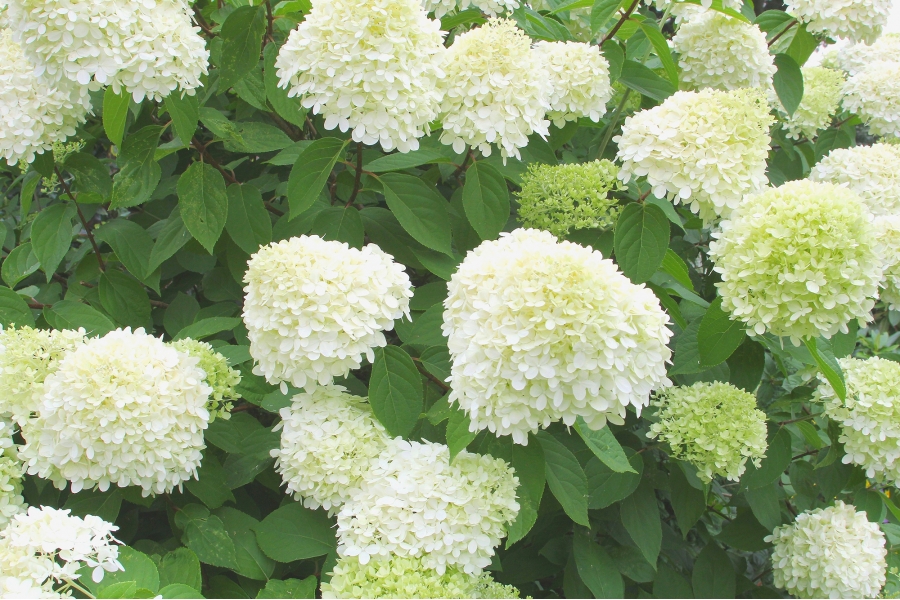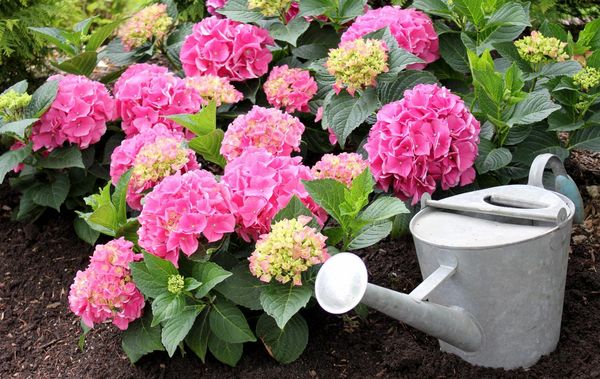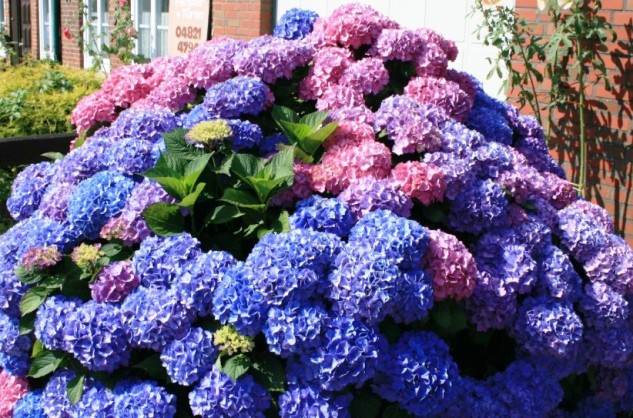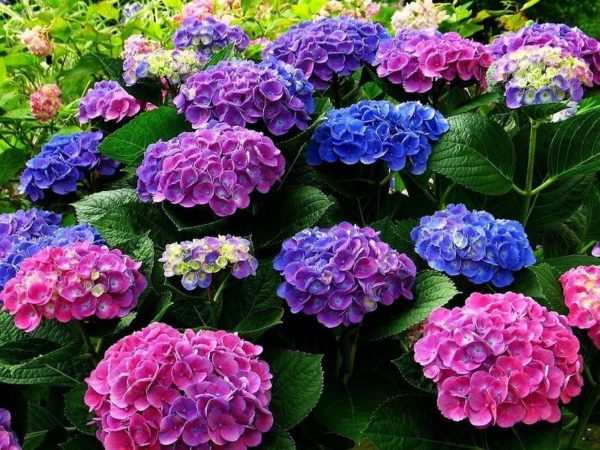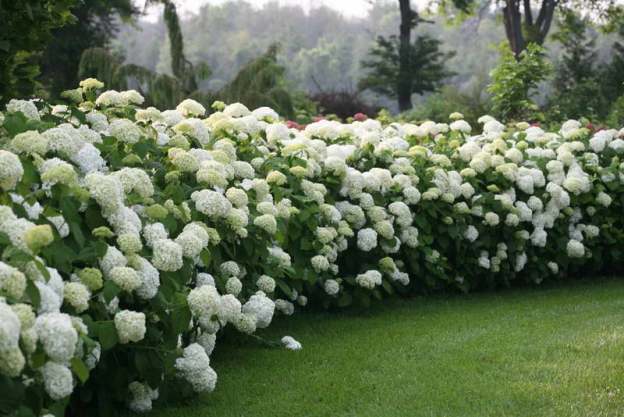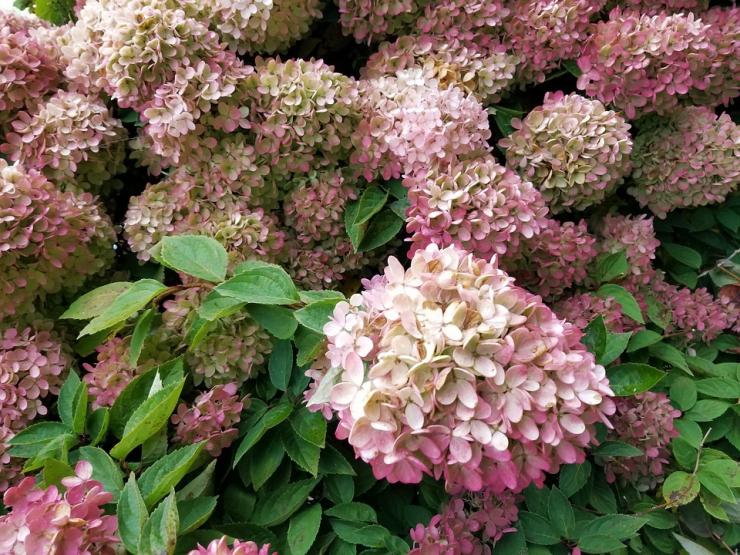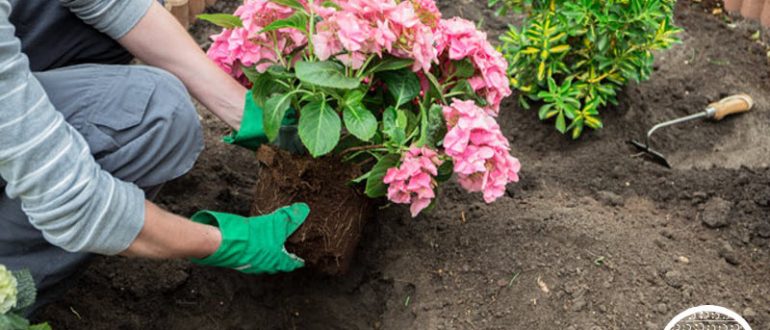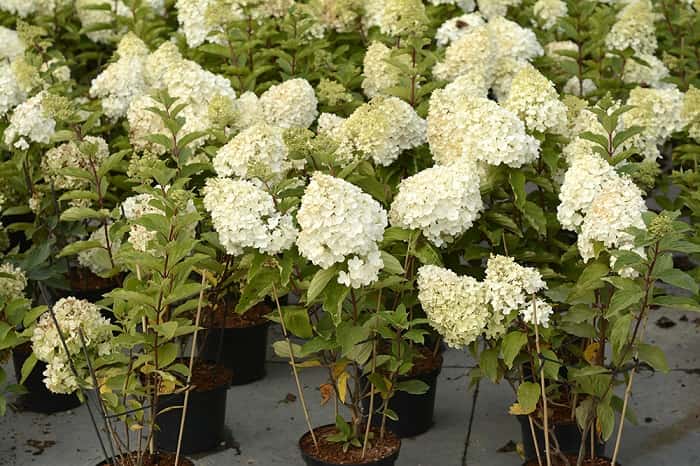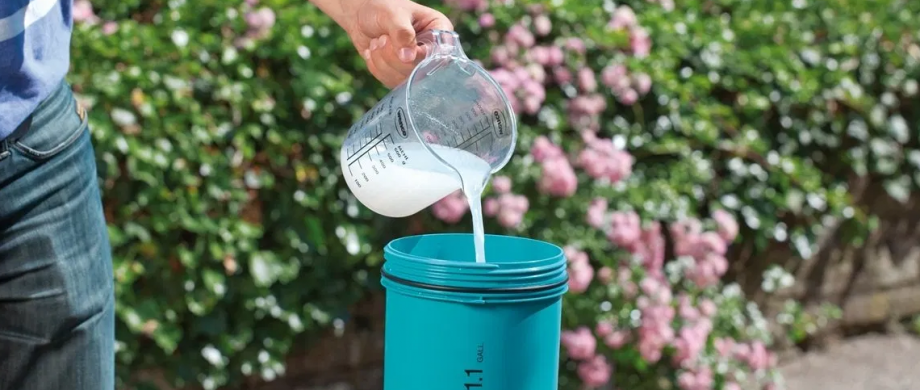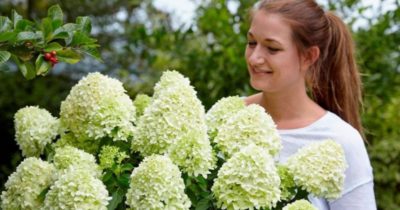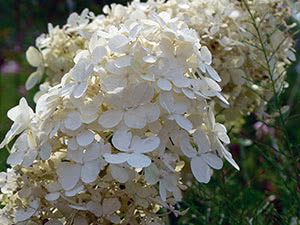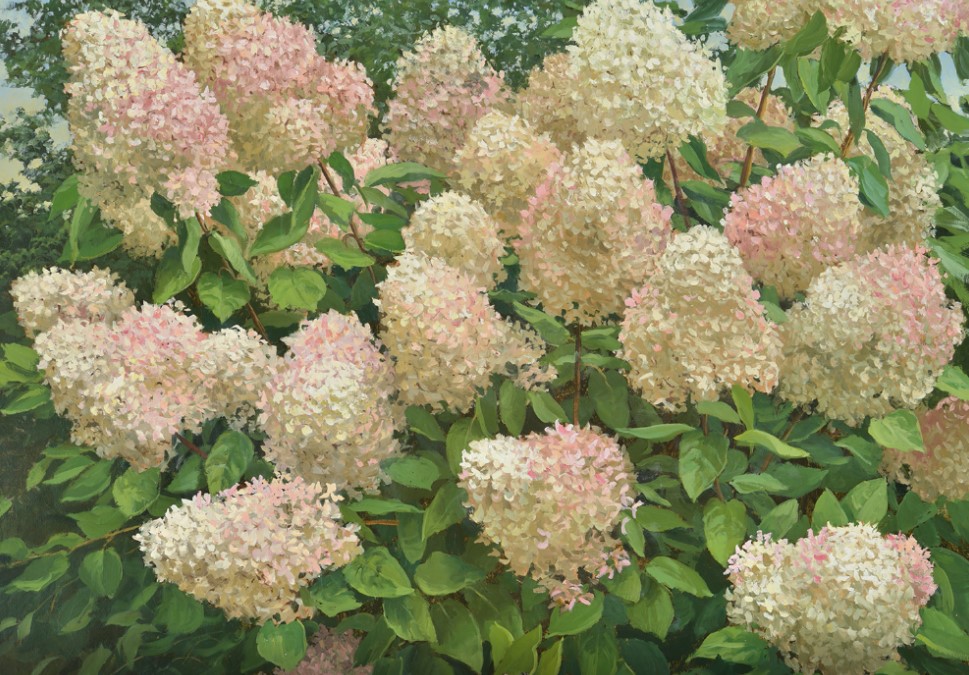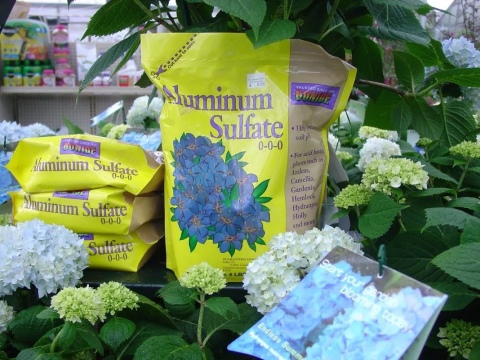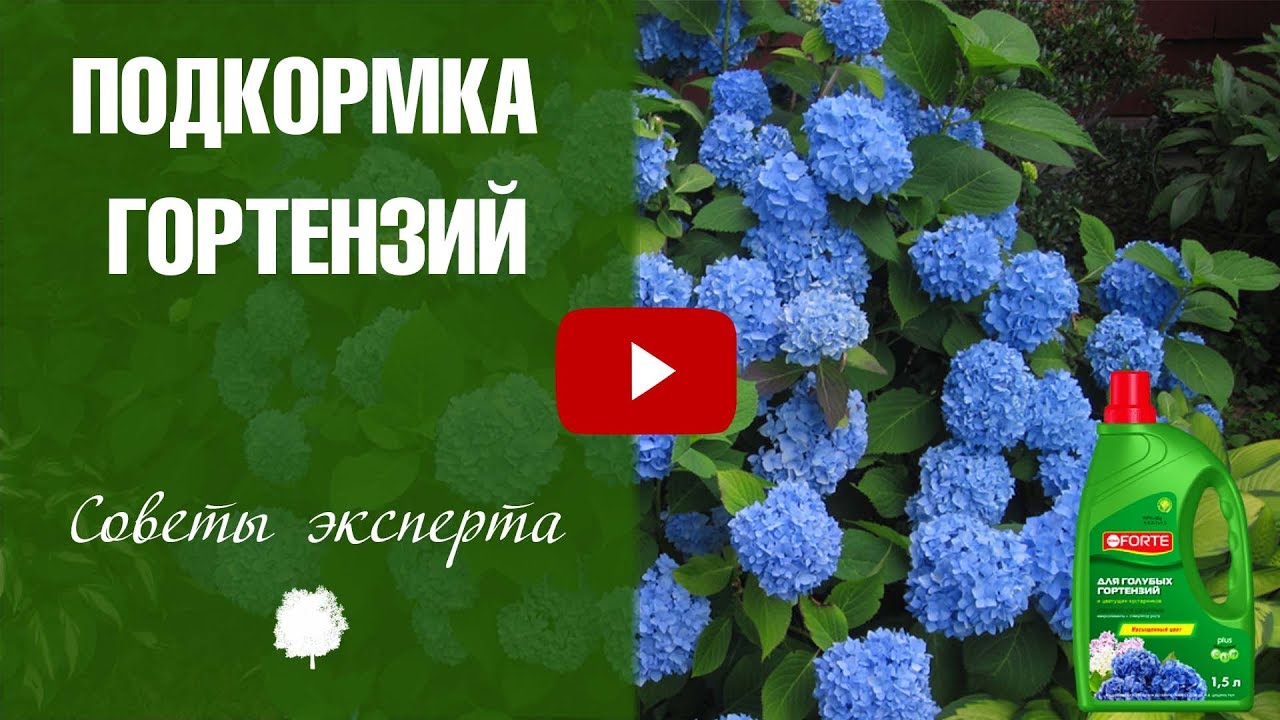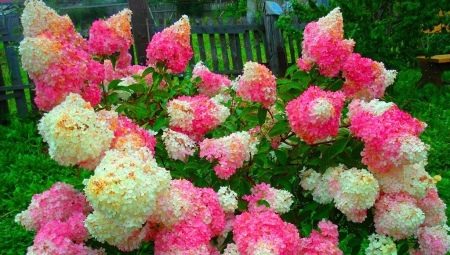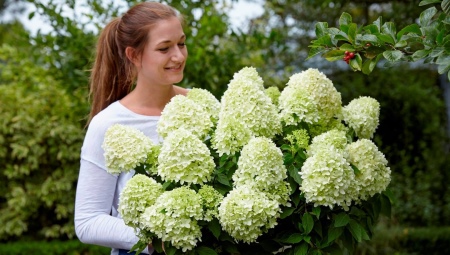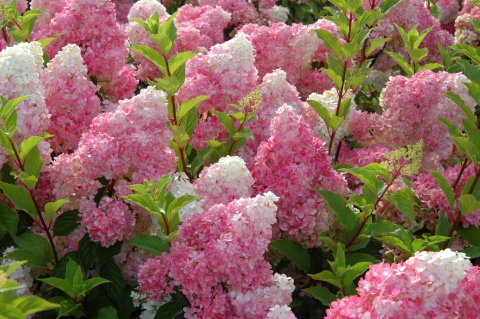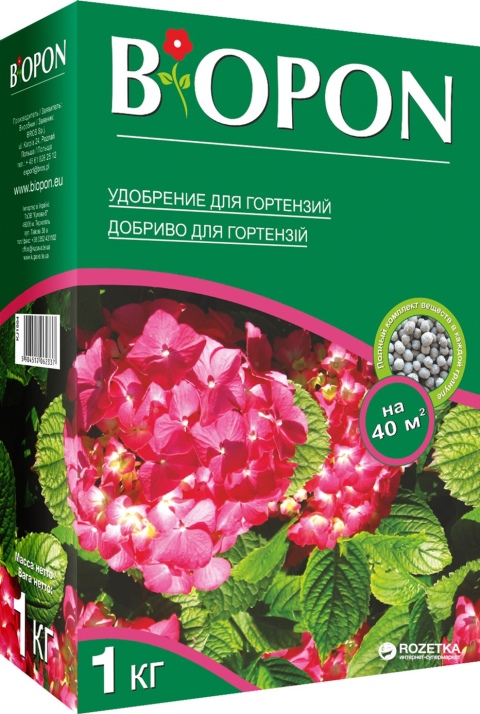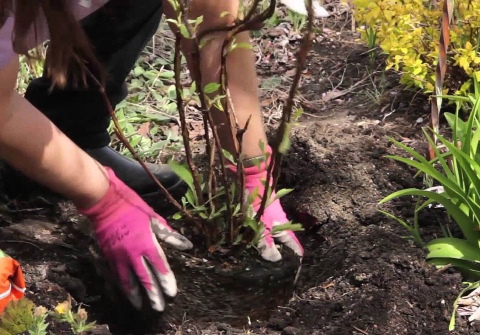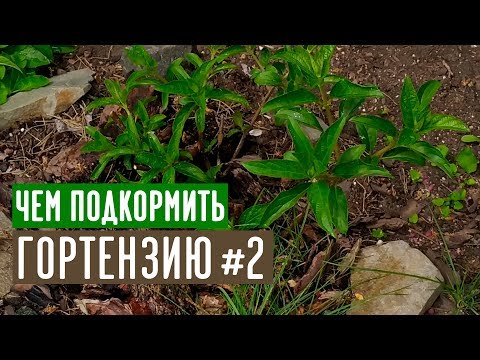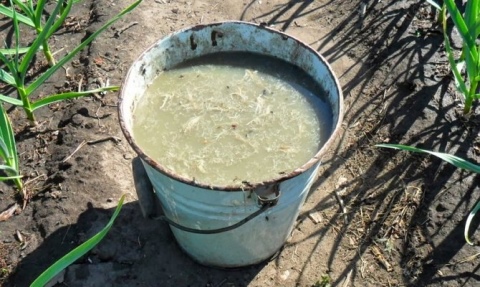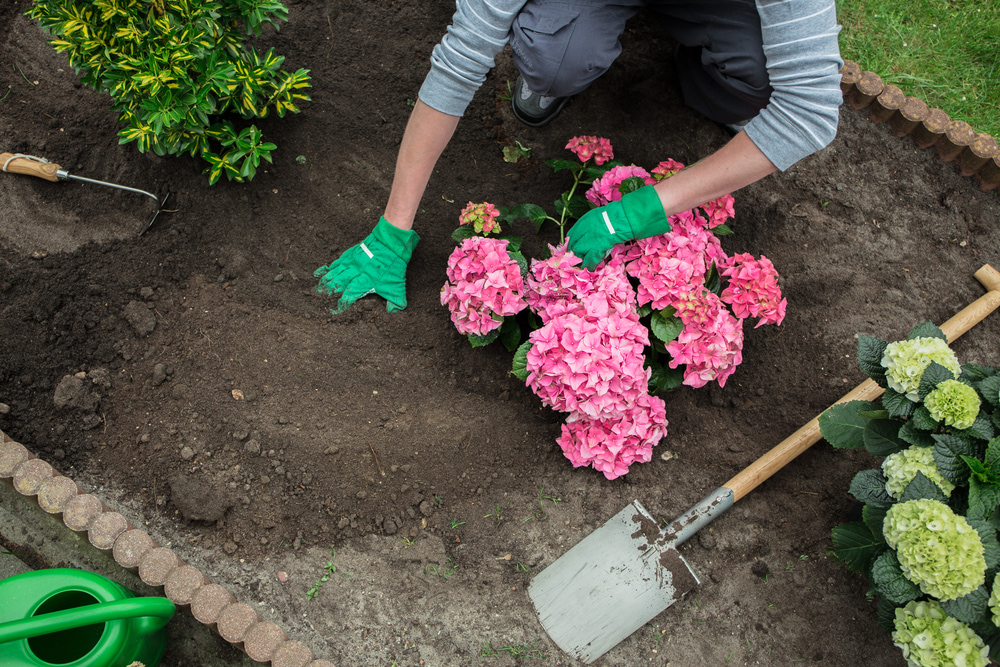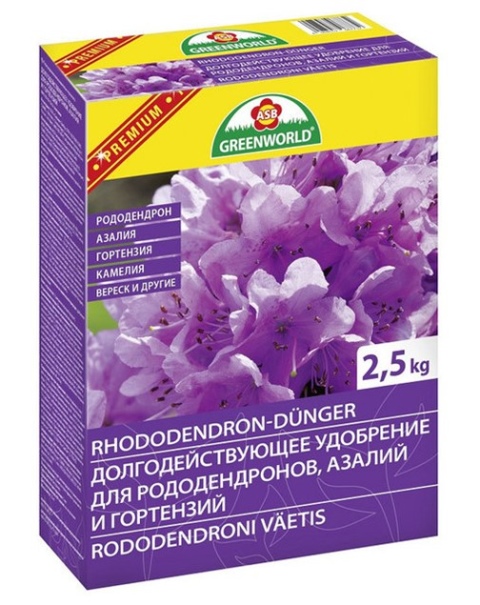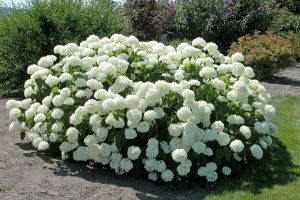What kinds of feeding are there?
Nitrogen
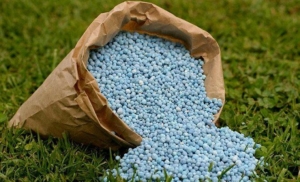
The following fertilizers are suitable:
- Urea - 10-15 g of substance per bucket of water.
- Ammonium nitrate - 15-20 g of the drug in a bucket of water.
- Ammonium sulfate - it is placed in the ground with a layer of 5 cm.
Complex mineral
In the spring, the following substances are involved:
- Nitroammofosk. Dissolve the drug (20-30 g) in a bucket of water. 1 adult plant takes 5 liters of solution.
- Diammfoska - the dosage per bucket is 30 g (after flowering).
- Potassium monophosphate - dosage of 10-15 g of the drug.
In the given fertilizers there are no trace elements in the composition, therefore it is recommended to add humates to the finished solution.
Phosphorus-potassium
Lack of phosphates adversely affects metabolic processes. You can understand the deficit by the presence of blue leaves.
You need to use phosphorus-potassium fertilizing once a season. These substances dissolve gradually and do not go deep into the ground.
With humates and trace elements
Humates are suitable, which will allow mineral fertilizers to be better absorbed. You can take Potassium Humate as a basis and add a complex mineral fertilizer to it (take in equal proportions).
Unusual remedies

Interesting feeding:
- Kefir. Enough 2 liters and 10 liters of water. Essential for watering hydrangeas.
- Yeast infusion. Dosage 3 tsp. sugar and 10 g of dry yeast per bucket of water. One plant will take 5 liters of the product.
- A weak solution of potassium permanganate (should be slightly pink). The shoots will be strong and the buds will be large.
Ready-made special formulations
To feed the flower, you can use ready-made preparations (dosage per 10 liters of water):
- Fertika Crystalon - 1 tsp
- Agricola "For hydrangeas" - 15 ml of the drug. 1 plant will take 5-7 liters.
- Bona Forte Blue Hydrangea Fertilizer - 80 ml. Consumption - 10 liters per 5 m2 of plantings.
To acidify the soil
For a luxurious hydrangea bloom and protection from chlorosis, the soil must always be acidic.
To do this, it needs to be acidified periodically - once a month during flowering. For these purposes, the following solutions are suitable (dosage per 10 liters of water):
- Weakly acidic electrolyte solution - 10 ml of the drug.
- Apple cider vinegar - 100 ml.
- Citric acid - 20-40 g.
It is advisable to add iron chelate (20-30 g per 10 l) to the prepared above-proposed solutions.
Folk remedies
The following home remedies are effective for feeding a flower:

- Cow dung. Dissolve it in water in a ratio of 1:10. Wait 14 days, stir the mixture periodically. After that, dilute the infusion with another 10 liters of water. Pour the bush under the root with the resulting solution. If there is no cow dung, then horse or rabbit manure will do. After 2-3 days, the treatment can be repeated.
- Serum. Dilute 1 liter of fermented milk product in 10 liters of water. Water the plant under the root with the resulting solution.
- Black bread. It contains yeast that has a positive effect on the plant itself and the soil. In 10 liters of water, insist a loaf of bread for 2-3 days. Send the filtered solution to the root of the bush.
To change the color of a flowering plant
You can regulate the color of hydrangea flowers by changing the acidity of the soil. The more acidic it is, the more saturated the color (purple or blue). And you can get pink or crimson flowers if you grow a bush in soil with an acidity of 6-6.2 pH.
To reduce acidity, deoxidizers are needed:
- dolomite flour;
- lime;
- wood ash;
- fluff.
And to get blue flowers from pink flowers, you can prepare a solution of potassium alum (30 g per 10 liters of water). One bush will take 2-3 liters.
What are they fed with?
During the season, hydrangeas are fed up to 4 times:
- the first feeding is done with a thaw, that is, in the spring;
- the second and third - in the summer;
- the latter is carried out in the fall before wintering.
Depending on the condition of the plant, the amount of dressing can be reduced or increased. Gardeners are especially active in applying fertilizers in the summer, in June, so that the hydrangeas bloom in full force.
As a top dressing, several fertilizers are often mixed.For example, the complex and environmentally friendly composition Agricola and the mineral Nitrofoska containing potassium, nitrogen and phosphorus. Mixed 1 teaspoon of each fertilizer per 10 liters of settled water.
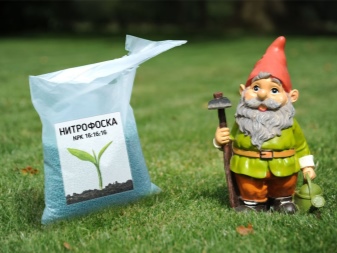
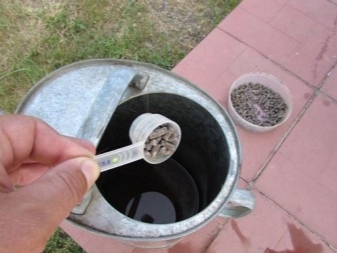
In addition to ready-made preparations, individual substances can also be added based on the condition of the plant and the desired results. Let's consider macro- and microelements separately.
- Nitrogen is used to activate shoot growth and to build up abundant green mass. However, you should be careful with this element, if it is in excess, then the plant will give all its strength to the foliage, but the flowering will become very scarce.
- Phosphorus is added for a long and vigorous flowering of hydrangeas, as well as for improving the root system.
- Potassium is used mainly in spring and summer for the formation of flower buds.
- Magnesium allows you to get a bright shade of inflorescences, and this element has a positive effect on the abundance of flowering throughout the season.
- Iron is needed to prevent chlorosis, which hydrangeas are very prone to. This disease is not fatal, but with it the leaves turn very yellow and decrease in size, and the inflorescences can also dry out.
Each element in feeding is very important, but you should not be zealous, there should be a balance in everything, since an overabundance or lack of something, as a rule, leads to plant diseases. Having received all the necessary nutrients and proper care, the hydrangea will become resistant to a number of diseases and temperature changes, and it will not be afraid of a lack and excess of moisture in the long term.
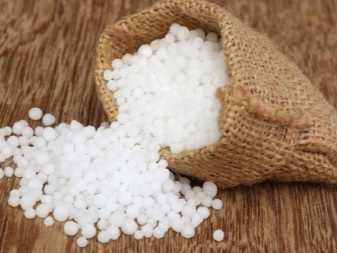
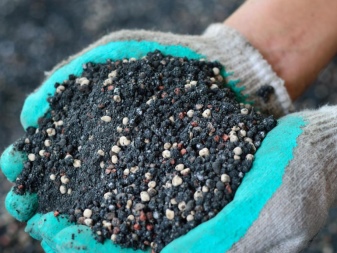
What trace elements does daylily need?
Gardeners who have just begun to plant this flower need to know that a lack of nutrients in the soil leads to the plant developing chlorosis. That is, development is slower, peduncles are not viable enough and their number is reduced.

Daylily in the garden
To prevent this, you need to know how to fertilize the daylily.
It is also important to choose the correct period for the introduction of certain types of dressings.
Here are the basic tips:
in spring, when it is necessary to start intensive plant growth, it is important to add nitrogenous substances. The fact is that this element takes the most active part in the formation of proteins, chlorophyll and nucleic acids included in different parts of the daylily;
as soon as the buds began to form, it is advisable to add phosphorus and potassium
You can also add a small amount of nitrogen. The root system will respond favorably enough to such feeding and will begin to develop more intensively, going deeper into the soil. Thus, the plants themselves will be able to extract more and more nutrients;
in late summer or early autumn, phosphorus and potassium should be added. But nitrogen should be abstained from. This will enable the flower to accumulate energy for the next year.
Important! It is necessary to take into account the seasonality of top dressing and the selection of the right micronutrients. Only in this case can you achieve the most attractive appearance of flowers.
When it became clear how to feed daylilies, you need to find out how to apply top dressing. Allowed:
- root watering with water, diluted in it with nutrients;
- spraying with a liquid having a lower concentration than in the case of irrigation.

Spraying a plant
If possible, it is better to combine watering and spraying - this way you can achieve the maximum effect.
Features of top dressing depending on the season
Feeding hydrangeas differs depending on the season. They begin to be applied from the third year of plant growth, since before that it receives all the necessary elements from the fertilizers laid during planting. This is a mixture of humus and garden soil in equal proportions, which is poured into each hole.
How to feed hydrangea in spring for lush flowering
Spring feeding is necessary for hydrangeas to fully exit the resting phase. It should be nitrogen-containing fertilizers that stimulate the growth and build-up of greenery. The first feeding is carried out 2 weeks after the snow cover melts. If the soil has not had time to warm up, then it is recommended to postpone the procedure.
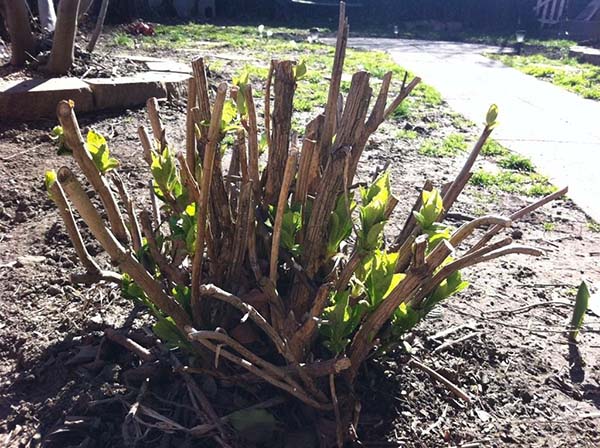
The first time they feed the hydrangea right after the snow melts
Urea with potassium sulfate is used (40 g of each ingredient per 10 l of water). Consumption for 1 landing - 5 liters. From organic matter, liquid manure is suitable (diluted with water in a ratio of 1:10). Such products are suitable for alkaline and neutral soils. For podzolic soils, it is better to take ammonium nitrate, which increases acidity.
The second feeding falls on the period when the foliage has already blossomed, but there is no flowering yet. Here they are guided by the appearance of hydrangeas. If she looks healthy, add potash mixtures. With the existing signs of chlorosis, they resort to repeated nitrogen feeding.
Video: the first feeding of hydrangeas
Recent Entries
Chainsaw or electric saw - what to choose for the garden? 4 mistakes when growing tomatoes in pots that almost all housewives make Secrets of growing seedlings from the Japanese, who are very sensitive to the earth
What do they bring in summer
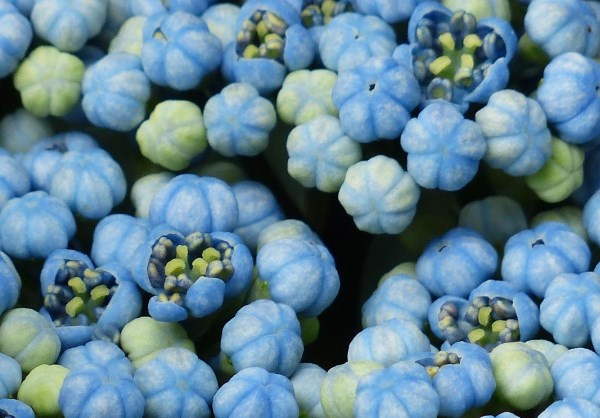
Before the buds bloom, be sure to feed
With the onset of summer, hydrangea begins to form buds. And for this she needs potassium and phosphorus. The first component has a positive effect on the root system, the second one increases the plant's immunity. The following fertilizers are suitable:
- superphosphate (1 tbsp. l. per 10 liters of water);
- potassium permanganate (make a weakly concentrated solution, which is sprayed on the leaves and watered at the root);
- potassium sulfate (20 g of dry product is enough for 1 sq. m, which is scattered and embedded in the ground).
These dressings are applied 2 times (after nitrogen), adhering to an interval of 3 weeks.
For better budding, the hydrangea is fed with Nitrofoskoy and Agricola (diluted 40 g each in 10 liters of water per 1 square meter of flower garden). In July, top dressing from green organic matter - nettle infusion (the grass is soaked in water for 2-3 days - the ratio is 1: 2) will not hurt. During the blooming of flowers, atypical feeding in the form of fermented milk products will be required:
- serum;
- curdled milk;
- kefir.
One third is diluted with water and the plant is watered with a solution 2 times a month. Of the complex fertilizers, "Kemira flower" (1 tbsp. L. Per 10 l of water) is suitable.
Video: feeding before flowering
How to nourish in the fall
Replenishment in the fall is needed to prepare the hydrangea for wintering when it enters the dormant stage. To safely endure frosts, the plant must have time to fully recover.
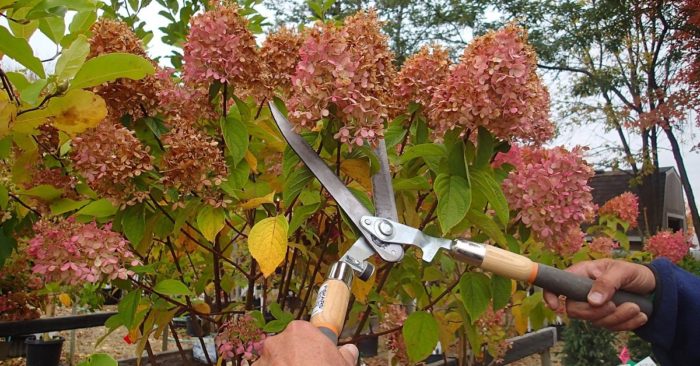
In the fall, hydrangea is fed in order to prepare for winter
Options for autumn dressing:
- Potassium phosphorus. Potassium sulfate is mixed with superphosphate (1 tbsp each) and diluted with water (10 l). For one planting under the age of 5 years, 6–7 liters are enough, over - 10 liters.
- Organic. This implies mulching of the root space with humus and peat (with a layer of 7–10 cm). Thus, the soil is fertilized and insulated at the same time.
- Mineral compositions. They include potassium, magnesium, boron, iron and phosphorus. Similar mixtures are sold in flower shops.
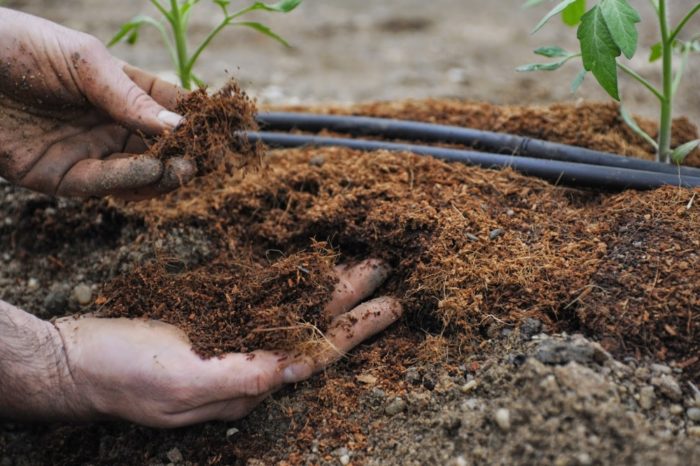
In autumn, organic matter is scattered under hydrangea bushes
Varieties of fertilizers for daylilies
In order for the feeding of daylilies to be complete, use:
- organic matter - horse, cow or bird manure includes nitrogen in large amounts, and potassium, calcium and phosphorus in smaller amounts.
- wood ash obtained by burning plant residues (moreover, when burning deciduous plants, potassium and calcium are obtained in ash, while phosphorus is obtained from conifers).

Wood ash
Note! Ash can be used in strict dosage. Otherwise, the acid level of the soil can be drastically reduced.
As a fertilizer for daylilies, you can use store formulations and mixtures. These include:
- "Master Father" - it contains the most important trace elements such as potassium, nitrogen and phosphorus, contained in the right proportions. The action of this substance is long-term;
- "Bucephalus" contains horse manure, mixed with the main trace elements that flowering plants need, including daylily;
- "Ideal" is biohumus, which has a beneficial effect both on the growth of green mass and on the quality of flowering.
In addition to the above, feeding daylilies during the budding period may include the following trace elements and substances that are chemically important for the plant:
- urea or urea is rich in nitrogen. These substances dissolve quite well in water, so you can make the correct proportion of the solution, both for spraying and for irrigation;
- potassium sulfate can be used both in solutions and in dry, granular form. This substance is ideal during the time when the buds are set and opened on the plant. Most often it is used as watering;
- calcium nitrate contains nitrogen and calcium in approximately equal proportions. If the soil tends to be acidic, then it is this top dressing that will be optimal for the plant. It will be able to neutralize the excess effect of iron and manganese in the soil;
- superphosphates are best combined with organic fertilizers. They can be added to compost or manure.
Note! In the spring, when the plant should actively gain green mass, it is better to add growth stimulants. The following preparations are suitable - "Zircon", "Epin", "Peat oxidate"
The following preparations are suitable - "Zircon", "Epin", "Peat oxidate".
Another good option is complex fertilizers. Most often, these are complex preparations, which include micro and macro elements in the form of chelates. It is this composition and concentration that helps to maximize absorption. Daylilies are very often sprayed with complex fertilizers. If we talk about the specifics of the composition, then the main two active ingredients are nitroammophoska and potassium nitrate.
Mineral and organic fertilizers
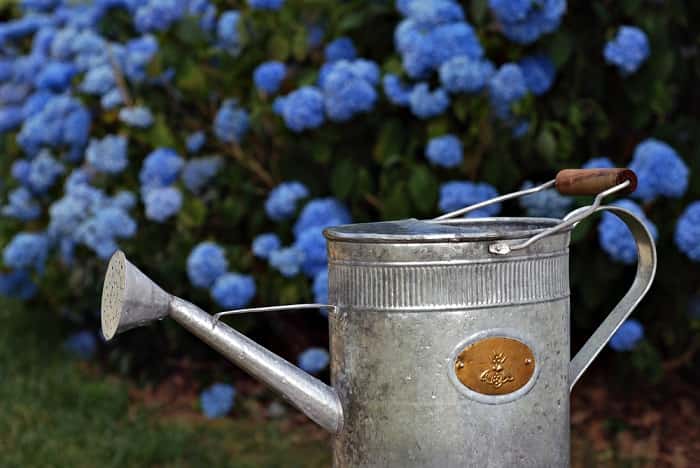
There are many options for feeding hydrangeas. Some are more expensive, while others require almost no cost. Florists insist that care is needed for all types of hydrangeas - both paniculate, and tree-like, and less common.
An approximate list of means by which hydrangea is fed in the spring and in the future, includes:
- nitrogen fertilizer. Shown only in spring when the snow melts. If there is an excess of nitrogen in the soil, the foliage will be lush, and the flowering will be poor and fast. From mineral fertilizers, you can use urea (15 g per 10 l of water), ammonium nitrate (up to 30 g per bucket of water). Chicken droppings are suitable from organic matter - the concentrate is prepared by diluting the droppings with water in a ratio of 1:20, for introduction - 1: 3. You can use mullein, nettle infusion, and also mulch shrubs with humus, compost, peat;
- complex mineral feeding of hydrangeas. Suitable nitroammophoska, in which 3 main elements contain 16% each. Take 20-30 g of the composition on a bucket of water, pour 5 liters under each bush. For fertilization after flowering or in autumn, diammophoska is used, in which the nitrogen content is reduced, and the potassium and phosphorus content is 26% each. The composition is diluted at the rate of 20 g per 10 liters. Considering that there are no trace elements in the listed compositions, they are added separately in the form of humates;
- phosphorus-potassium compositions. Used during the budding period to ensure lush flowering. The most popular top dressing is superphosphate (up to 20 g per 10 l), double superphosphate (the dose is halved), potassium sulfate (up to 20 g per 10 l). Instead of potassium sulfate, potassium salt or potassium magnesium is often used, which includes magnesium useful for hydrangea;
- humates. They improve the assimilation of complex fertilizers by the plant.
Wood ash is not used as it reduces the acidity of the soil. An exception is made when it is planned to get pink hydrangeas.
Spring feeding
For a garden hydrangea, the optimal time for the first feeding is March.
With the onset of warm weather and melting of snow, sap begins to actively move through the plant, therefore it is important to provide it with proper nutrition for active growth and development. You can achieve the desired result with the help of nitrogen preparations.
For self-production of fertilizers, you must:
- take potassium sulfate and urea in the amount of 2 tsp. each remedy;
- mix the ingredients and dilute them in warm water;
- let the fertilizer infuse for several days.
At the dacha, under one bush, it usually takes half a bucket of top dressing, because one blank is enough to ensure that the plant does not need anything in the spring. If desired, you can also use manure to feed the bushes, from which weak solutions are made that can add everything you need to the soil without damaging the root system.
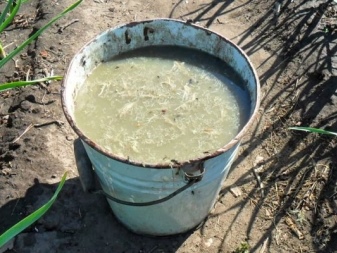
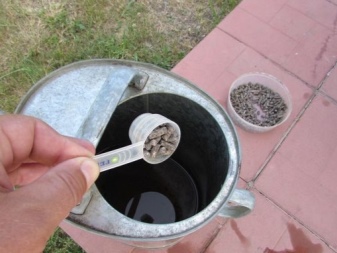
Thanks to the use of certain means, you can not only help the bush to be healthier, but also correct the color palette of the culture.
- To get a blue tint of flowers, you need to mix potassium sulfate and potassium chloride in an amount of 60 g per bucket of peat. Such a composition must be spread out near the bush and watered well.
- To obtain a lilac shade, it is necessary to use ammonium and potassium sulfate in the amount of 1 tbsp. l. on a bucket of water. The hydrangea is watered with this composition until the buds appear, and a second course is carried out after the bush has bloomed.
- If there is a desire to get a pink hydrangea, then in a bucket of humus it is necessary to add wood ash in the amount of 2-3 glasses, and also dilute lime and add it to the general composition.
- To obtain pure white flowers, you need to saturate the soil with potassium sulfate and superphosphate during the planting period of the bush. In this case, needles, sand and humus act favorably, from which layers are created at a depth of 15 cm.
Timely applied preparations will allow the bush to grow on time and prepare for the flowering process.
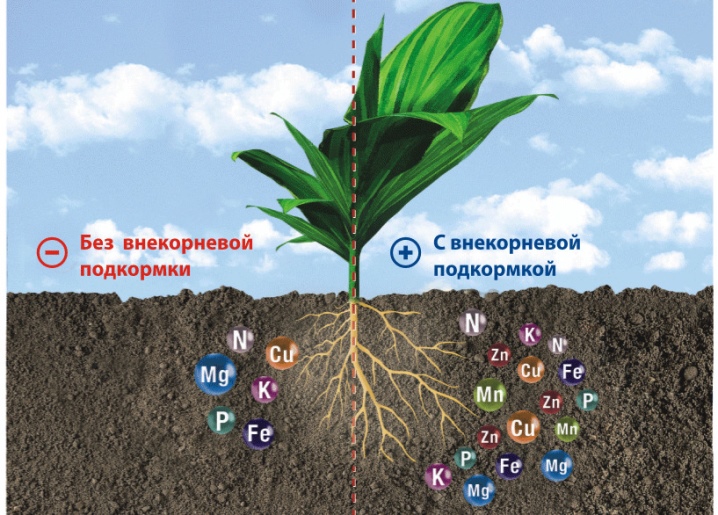
Nutrient input for different types of shrub
Paniculata
For this hydrangea variety, complex mineral fertilizers from the following manufacturers are suitable:

- Fertika. For 2 weeks of the growing season, you need to make a liquid top dressing. It is a prolonged-release fertilizer. It must be scattered around the bush, mixed with soil, and then poured with water.
- Green World. This drug is used for active flowering. You need to add 1-2 times per season. Nutrient blend of nitrogen, potassium, magnesium and phosphorus. Contains nitrogen, aluminum and potassium oxide, which increase the vitality of the culture.
Large-leaved
For this plant, feeding must be performed in several stages:
- Early in the spring. Add a nutrient mixture consisting of nitrogen, phosphorus and potassium to the root part. This activates shoot formation and improves leaf growth. You can use commercially available complex fertilizers for hydrangeas.
- During the laying of buds. Add only potassium-phosphorus formulations. After 2 weeks, feed the plant again.
Tree-like
This plant is tall (up to 1.5 m). So nutrition for the full growth of tree hydrangea is simply necessary. You need to apply top dressing in several stages:
- Early in the spring. Flower Kemira is needed. It can be applied dry and as an aqueous solution.
- Budding period. Superphosphate and potassium sulfate (50 and 25 g) are involved.
During the flowering of the plant, the shoots must be treated with potassium permanganate.

